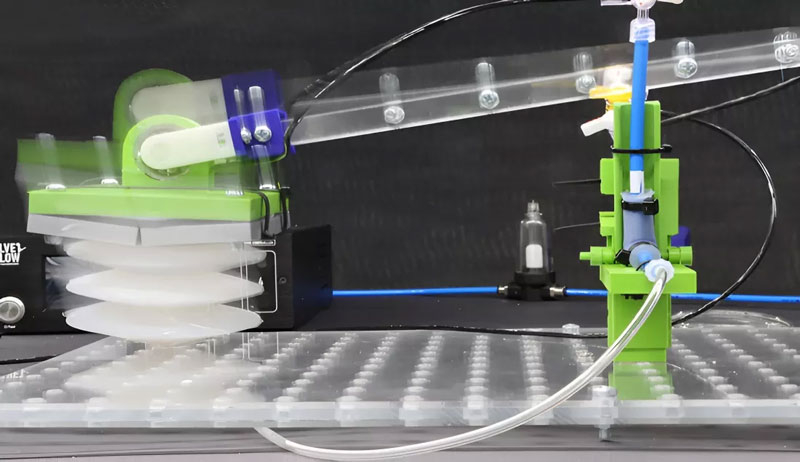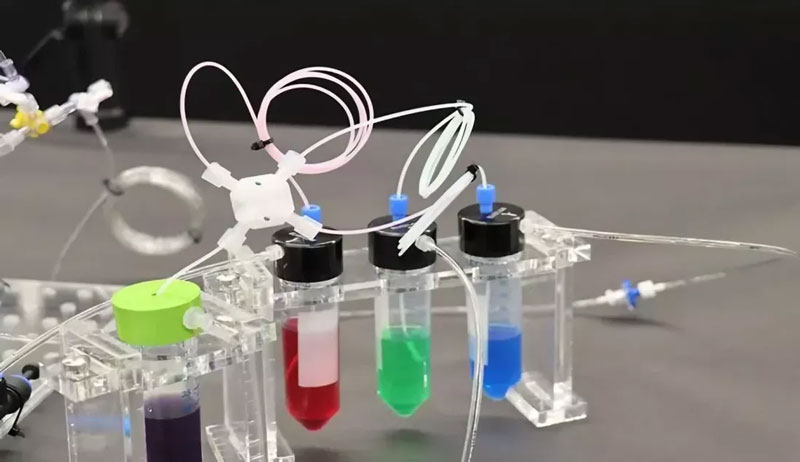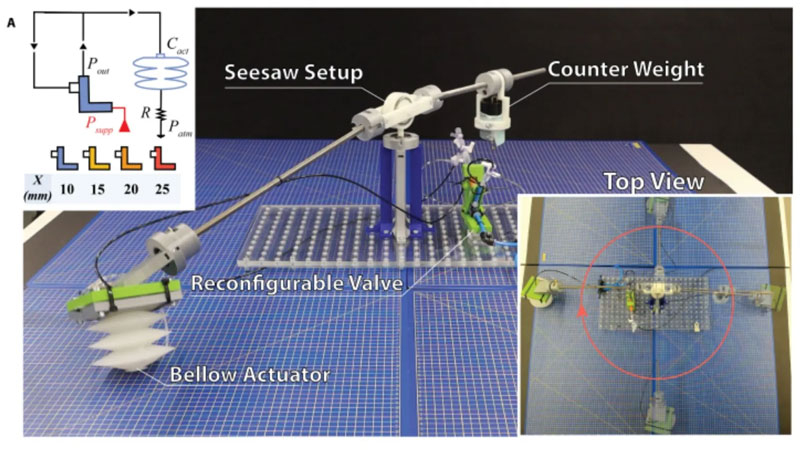The human brain does not control the functioning of the heart, so the robot’s computer should also be freed from such a load, providing more computing power for AI tasks. To do this, researchers from King’s College London (KCL) have created a “world’s first” robot that programs its actions without the use of electricity or electronics – only with the help of its hardware. Similar examples have already occurred in the past.

Since ancient times, descriptions of quite complex mechanisms have been known – most often these were mechanical toys that were programmed to perform certain, sometimes complex, behavior algorithms. A group of British engineers have now reproduced something similar in their laboratory. They reasonably came to the conclusion that robots can be programmed to perform certain activities solely through mechanical devices, for example, using hydraulics.

Thanks to simple settings, such as adjustable valves, the angle of which changes the pressure in the system, or adjusting the liquid levels in expansion flasks, which also affect the pressure, robots can be made to perform certain movements. And if such valves are provided with feedback and connected to each other, then it becomes possible to cyclically or otherwise change the pressure in the system. As a result, the robot will begin to move depending on the specified mechanical program.

These efforts of scientists are aimed at solving two problems. First, the components that control movement can be purely mechanical, which will allow robots to perform many actions without electronic control. This may be useful for working in high radiation environments. Secondly, the robot’s electronics are freed up to handle more complex algorithms, including AI.
The conditioned brain will not have to worry about the work of the conditioned heart. All this has prospects, the developers believe. In particular, their design with pressure-regulating valves is well suited for the development of soft robots, where more complex and rigid components would complicate the design.